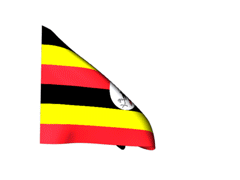Diagnostic
Laboratories.
Radiology.
Radiology is a branch of medicine that uses imaging technology to diagnose and treat disease. Radiology may be divided into two different areas, diagnostic radiology and interventional radiology. Doctors who specialize in radiology are called radiologists.
Diagnostic radiology helps health care providers see structures inside your body. Doctors that specialize in the interpretation of these images are called diagnostic radiologists. Using the diagnostic images, the radiologist or other physicians can often:
- Diagnose the cause of your symptoms
- Monitor how well your body is responding to a treatment you are receiving for your disease or condition
- Screen for different illnesses, such as breast cancer, colon cancer, or heart disease
Ultrasound.
ultrasound scan uses high-frequency sound waves to make an image of a person's internal body structures. Moroto RRH Doctors commonly use ultrasound to study a developing fetus (unborn baby), a person's abdominal and pelvic organs, muscles and tendons, or their heart and blood vessels
X-ray.
Plain radiography, or plain x-ray.
Computed tomography, known as CT scanning.
Fluoroscopy — which produces moving images of an organ.
Mammography — an x-ray of the breasts.
Angiography — an x-ray of the blood vessels.
CT scan. also known as a computerized axial tomography (CAT) scan, including CT angiography. A CT scan can be used to visualize nearly all parts of the body and is used to diagnose disease or injury as well as to plan medical, surgical or radiation treatment.

